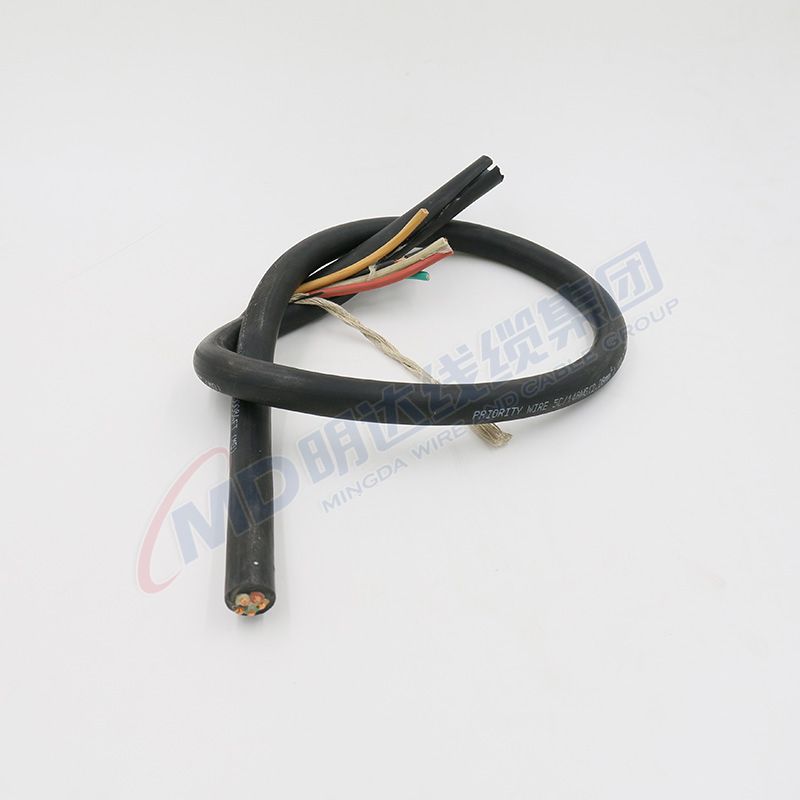ഒക്ട് . 31, 2024 07:09 Back to list
floating ball check valve
Understanding Floating Ball Check Valves A Comprehensive Overview
Floating ball check valves are essential components used in various piping systems across multiple industries. These devices play a crucial role in controlling the flow of fluids, ensuring that they move in only one direction. As their name suggests, these valves utilize a floating ball mechanism to prevent backflow, making them ideal for applications where reverse flow could cause damage or inefficiencies.
Mechanism of Action
The operation of a floating ball check valve is quite straightforward. The valve comprises a spherical ball positioned within a chamber. When fluid flows in the intended direction, the pressure pushes the ball away from its seat, allowing the fluid to pass through. However, if the flow attempts to reverse, the ball is forced back against its seat, sealing the valve and preventing any backflow. This simple yet effective mechanism is why floating ball check valves are widely preferred in various settings.
Applications
Floating ball check valves are commonly found in water supply systems, wastewater treatment plants, and pump discharge lines. Their ability to handle different types of fluids, including water, oil, and gas, makes them versatile. In industrial applications, these valves are crucial for maintaining system integrity and optimizing performance. For example, in a sewage treatment facility, backflow could lead to contamination of clean water supplies, making the role of check valves vital.
Advantages
floating ball check valve

One major advantage of floating ball check valves is their low maintenance requirements. The design minimizes wear and tear due to the absence of moving parts subject to constant friction. Furthermore, they are relatively easy to install and can be made from various materials, including brass, stainless steel, and plastic, catering to the specific needs of different piping systems.
Another key benefit is their cost-effectiveness. Compared to other check valves, floating ball check valves often provide a lower upfront cost while still delivering reliable performance. This makes them a popular choice for both small-scale projects and large industrial applications.
Challenges
Despite their advantages, floating ball check valves are not without challenges. They require a minimum amount of fluid flow to function effectively. If the flow is too low, the ball may not seat properly, resulting in potential leaks. Additionally, these valves are generally not suitable for applications involving heavy solids or debris, as it can impede the movement of the ball.
Conclusion
In summary, floating ball check valves are vital components that serve crucial functions in fluid control systems. Their simplicity, durability, and cost-effectiveness make them a preferred choice in many industries. However, engineers and system designers should consider the specific requirements and potential limitations of these valves when incorporating them into fluid handling systems. By understanding their mechanics and applications, stakeholders can make informed decisions to enhance system efficiency and integrity.
Share
-
Reliable Wafer Type Butterfly Valves for Every IndustryNewsJul.25,2025
-
Reliable Flow Control Begins with the Right Ball Check ValveNewsJul.25,2025
-
Precision Flow Control Starts with Quality ValvesNewsJul.25,2025
-
Industrial Flow Control ReliabilityNewsJul.25,2025
-
Engineered for Efficiency Gate Valves That Power Industrial PerformanceNewsJul.25,2025
-
Empowering Infrastructure Through Quality ManufacturingNewsJul.25,2025